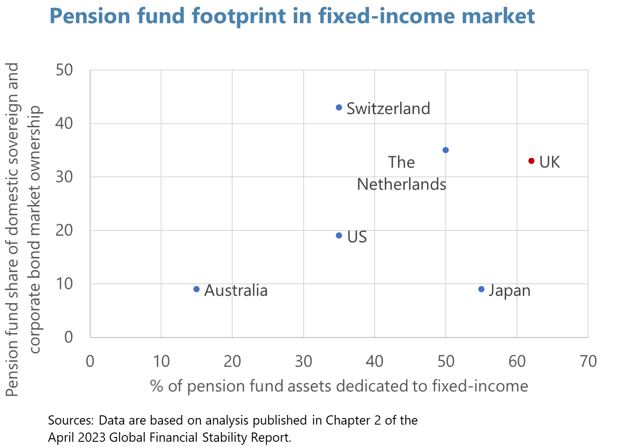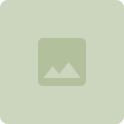References
European Systemic Risk Board (2023), “EU Non-bank Financial Intermediation Risk Monitor 2023”, June 2023.
Central Bank of Ireland (2022), Industry Letter – Liability Driven Investments Funds. Industry letter, November 2022.
Ruo Chen and Esti Kemp, “Putting Out the NBFire: Lessons from the UK’s Liability-Driven Investment (LDI) Crisis,” IMF Working Papers 2023/210 (Washington: International Monetary Fund).
Financial Conduct Authority (2023), “Further guidance on enhancing resilience in Liability Driven Investment,” April 24, 2023.
Hauser, Andrew (2022), “Thirteen days in October: how central bank balance sheets can support monetary and financial stability,” Speech given at ECB’s 2022 Conference on Money Markets, November 4, 2022.
International Monetary Fund (2022), “United Kingdom: Financial Sector Assessment Program-Financial System Stability Assessment”, International Monetary Fund, Country Report No. 2022/057.
International Monetary Fund (2023a), “Global Financial Stability Report: Safeguarding Financial Stability Amid High Inflation and Geopolitical Risks”, International Monetary Fund, Global Financial Stability Report April 2023.
Pinter, Gabor (2023), “An Anatomy of the 2022 Gilt Market Crisis,” Bank of England, Staff Working Paper No. 1019, 2023.
The Pension Regulator (2023), “Using leveraged liability-driven investment,” April 24, 2023.





